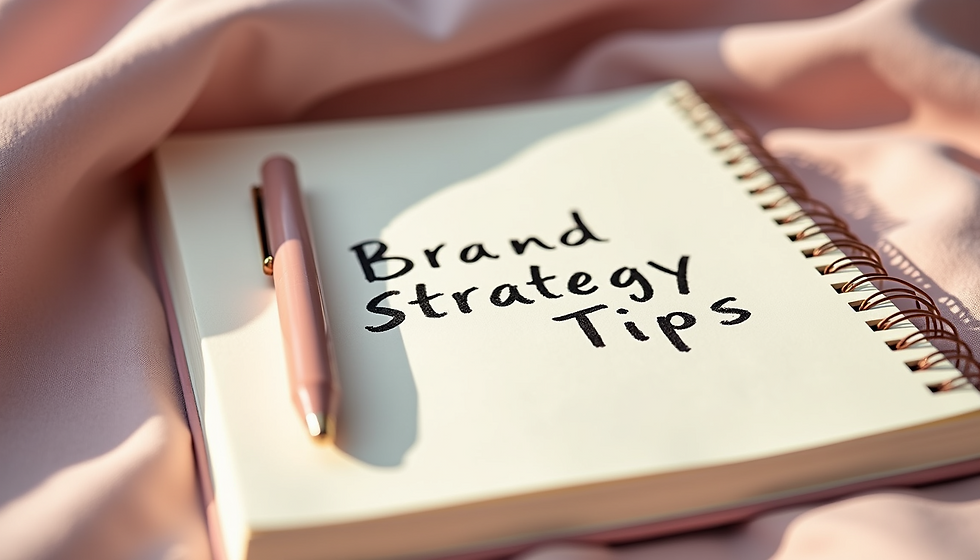The Many Faces of a Rebrand
- David Vazdausks
- Jul 15
- 3 min read
Most marketers fall into the “if it ain’t broke, don’t fix it” school of branding. The logo looks good enough, everyone likes our colors, and we have a clever tagline. So what’s the problem?
But then sales start to sag. New competitors enter the fray. And they’re reaching customers always on the lookout for something new and different.
When is it time to think about rebranding, and what does it even mean?
The most important point I make to clients is that there’s no one-size-fits-all rebranding. And the scale of rebranding can sometimes be modest, affecting only a few elements of the brand, or sometimes be all encompassing – essentially, a reinvention.
A brand audit can often reveal the need for some form of rebranding. For example, it might uncover a disconnect between what customers need from the brand and how the brand is presenting itself. Or it might show that messaging is inconsistent across channels. Sometimes a rebranding is simply a tightening up of messaging so the brand speaks with one voice. In this case, the logo, tagline and other visual elements are unaffected.
Sometimes a rebranding is necessary to stay relevant to the lifestyle of your most valuable customers. Their environment – the music they listen to, the designs they’re exposed to, and the brands they favor – has likely changed from when your brand’s look and feel were created.
I often hear clients say, “we need to modernize our logo.” This is shorthand for saying they need to stay relevant to their customers and reflect the world they now live in. I’d never advise a client to create a new brand look just to be “more modern.” It has to have a more powerful resonance with their customers and a clearer acknowledgement of the environment in which they’re competing.
There are ways of gauging how consumers relate to a brand’s look and feel. One of my favorite methods is to show groups of focus group participants a series of fake brands that use a variety of designs, including that of my client. I ask them what they think the company is like, based on how their brand is designed. You’d be surprised how easily consumers form opinions of a brand based solely on their design! Even if customers know you, they’re still influenced by your design elements and will often show interest in a competitor whose design elevates their perception of the company.
Oftentimes, a rebranding is helpful for when a company has extended its brand into new categories. This often calls for a new (or first-time) tagline, or a logo design that communicates innovation and growth.
One of the greatest benefits of a rebrand – and sometimes reason itself to do it – is to re-energize internal and external stakeholders. It gives a new reason for the sales team to reconnect with an account, for a retailer to take a fresh look at your merchandizing plans, and revitalize a tired sales channel. When consumers see a new look for an old brand, they’re likely to click through to see what’s up. And, of course, it’s up to you and your marketing team to show them!
So rebranding takes many forms, and there are a variety of reasons to do it. At the end of the day, it’s simply an investment that gets you closer to your customers.
And that has a pretty high ROI.











Comments